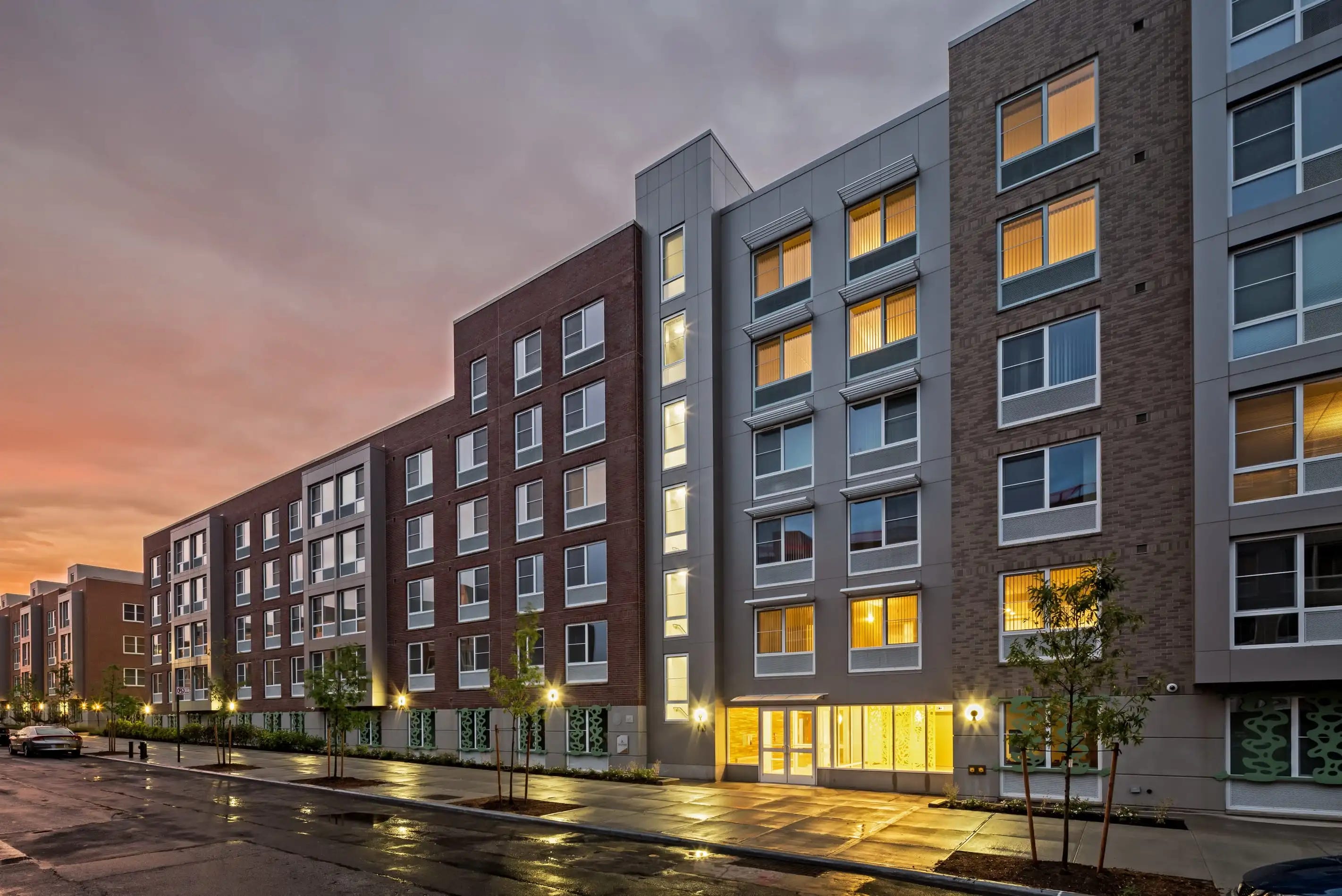One of the biggest oxymorons in housing policy is so-called “affordable housing.” In our current political lexicon, affordable housing is government-mandated or government-subsidized housing that is sold for prices below market value. When constructed in metro areas with unaffordable market housing, such housing is generally nowhere near being truly affordable.
In many regions, in order to get approval to construct new housing developments, builders are forced to build a certain number of “affordable housing units.” Because it is impossible to sell or rent these units at market value while complying with the regulations, builders are forced to increase the prices of other houses within the same development.
Because the type of urban planners who favor such “affordable housing” also favor density, those units are typically multi-story and built well within the urban area. The result is highly expensive housing.
In reality, current “affordable housing” means unaffordable housing where someone else pays the bill. That bill is either being paid by other homeowners in the same development or by taxpayers.
Most of the following is an excerpt from my book Promoting Progress: A Radical New Agenda to Create Abundance for All. You can order my e-books at a discounted price at my website, or you can purchase full-price ebooks, paperback, or hardcovers on Amazon.
Other books in my “From Poverty to Progress” book series:
This post is part of a multi-post series on Housing:
Affordable Housing Isn’t (this article)
Defining Affordability
A proper definition of affordable housing should be houses or rentals that have an affordable cost per square foot on the open market without subsidies. An affordability index of 3.0 or lower is a good place to start.
A useful means of measuring housing affordability is the ratio between the median price of a house and the median family income within that metro. In 1969, virtually every metro in the United States had a ratio of 3.0 or less. The national average was 1.8 (Antiplanner, 2020).
At that point, housing in the United States was affordable everywhere, even in the wealthiest cities. Though we do not have good housing price data from before that time, there is every reason to believe that this had been the case throughout American history.
Then, in the 1970s, something began to change radically. In a few key metro areas, housing prices began to increase far more rapidly than median family incomes.
Keep reading with a 7-day free trial
Subscribe to From Poverty to Progress to keep reading this post and get 7 days of free access to the full post archives.





